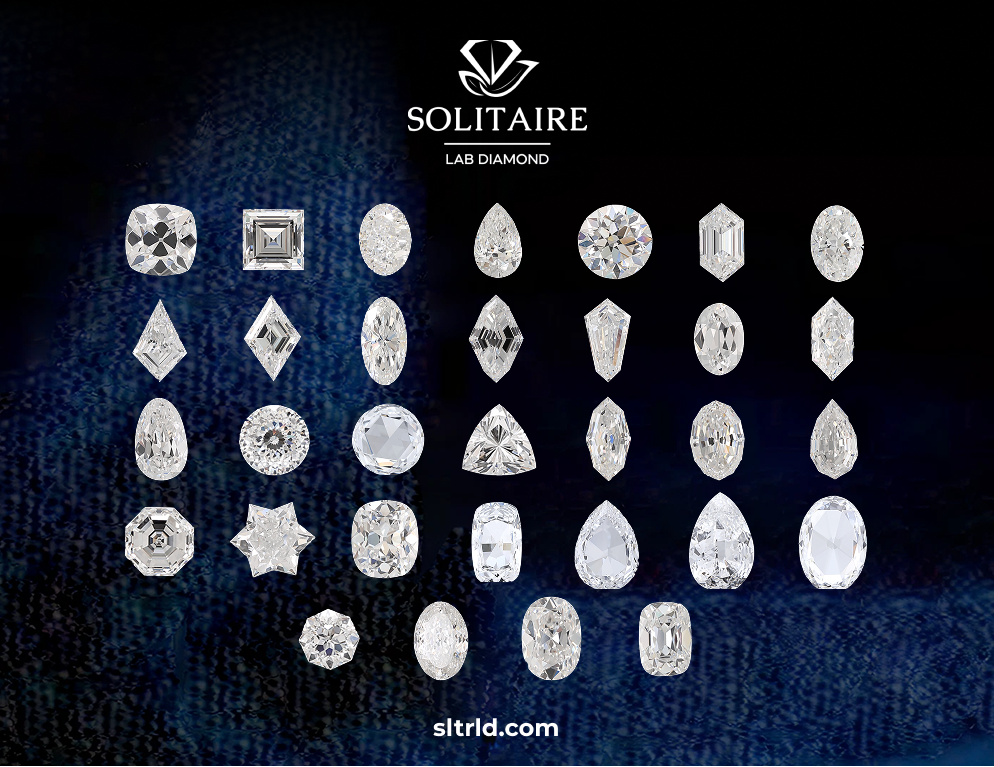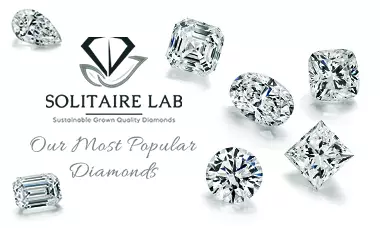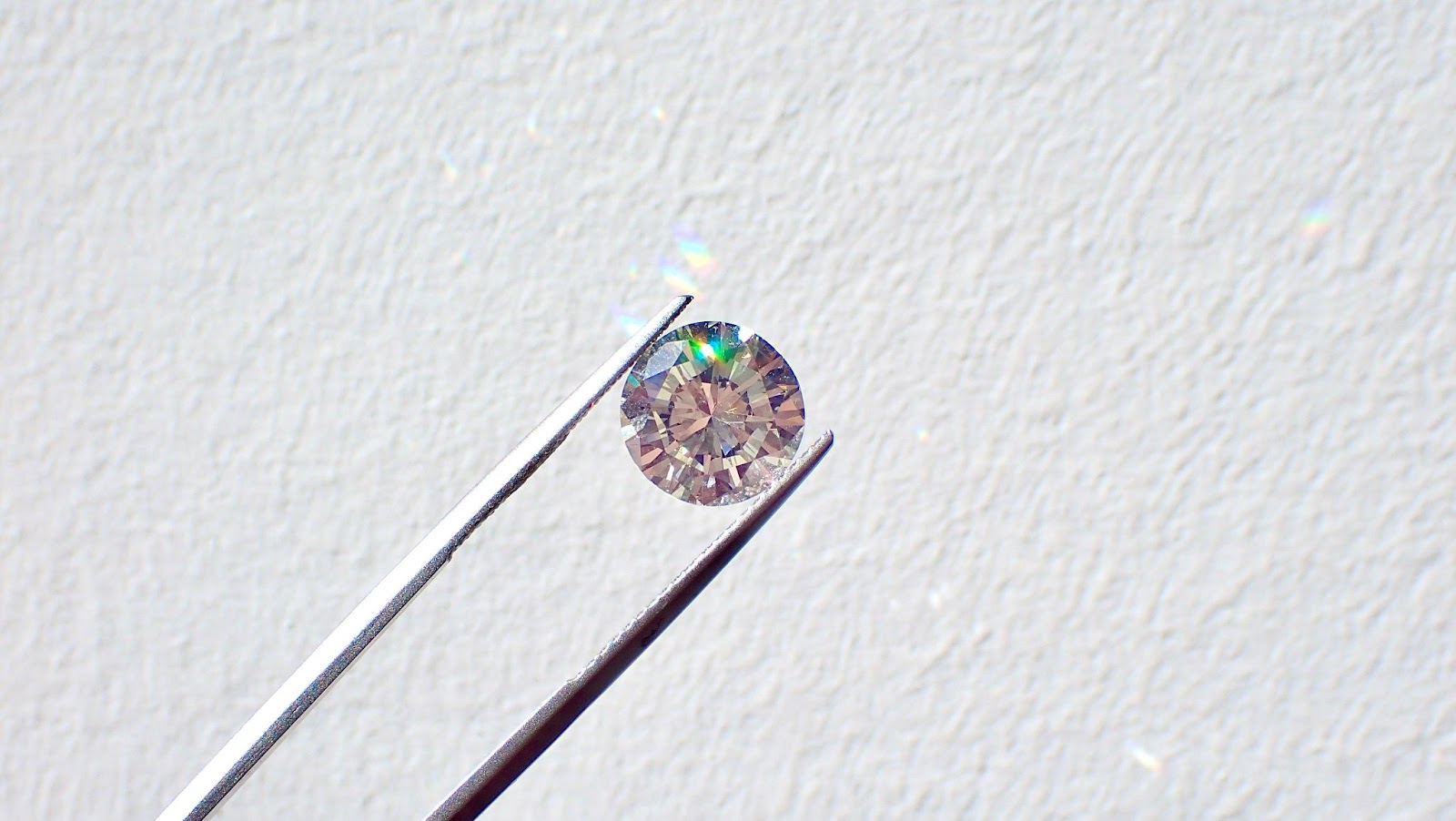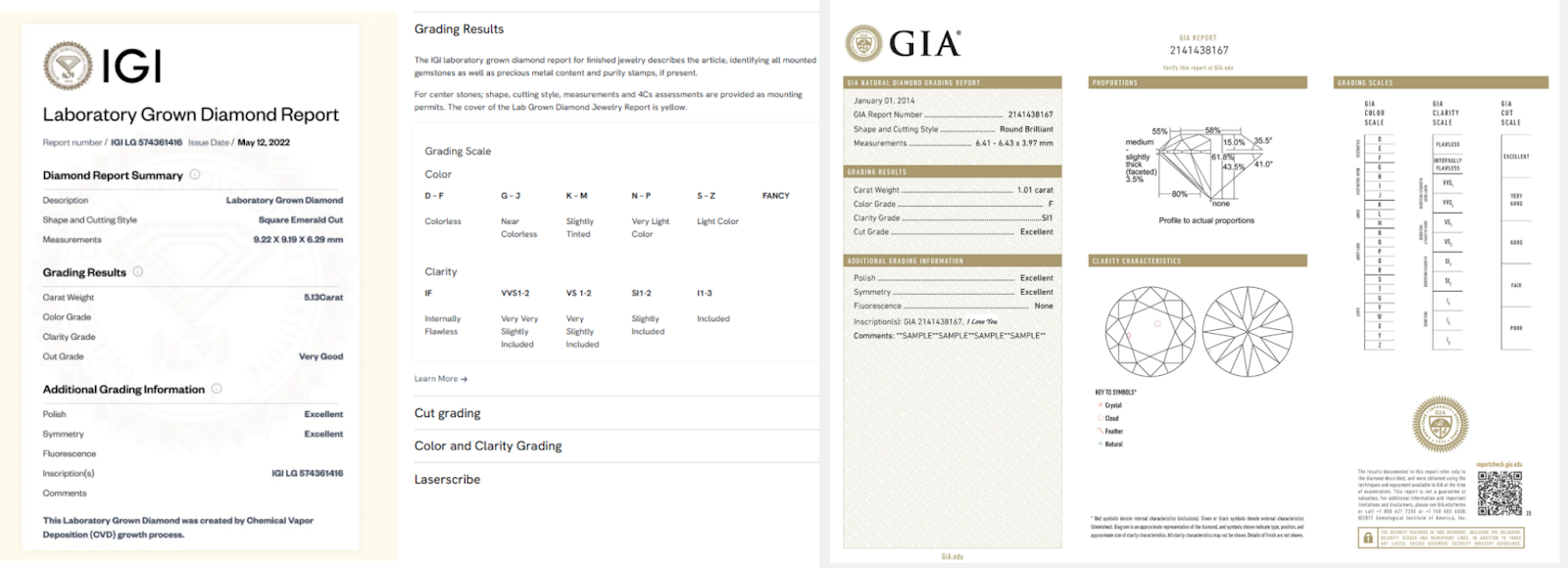Lab-grown or natural, shopping for the right diamond can be challenging. With rising prices, ethical worries about mining, and doubts about quality, it is easy to feel unsure about what to choose.
That is why more people are heeding to lab-grown diamonds, which are a modern, eco-friendly alternative that offers the same sparkle without the downsides.
But are they really worth it?
Yes, in many ways. Lab-grown diamonds appear almost similar to natural diamonds, while being far more affordable and sustainable.
Solitaire Lab Diamond offers certified, high-quality lab-grown diamonds and has helped many customers find the perfect one for them.
Here is everything you need to know to make an informed decision.
What Are Lab-Grown Diamonds?
Diamonds created in a controlled laboratory environment, rather than being mined from the earth, are referred to as lab-grown diamonds. They are made using advanced technology that replicates the natural diamond-growing process through Carbon Vapor Deposition (CVD) or High Pressure High Temperature (HPHT) methods.
Similar to mined diamonds, they have the same chemical composition, crystal structure, and brilliance, making it difficult for jewellers to differentiate them without specialized tools.
5 Things to Consider Before Buying Lab-Grown Diamonds
Now that you understand what lab-grown diamonds are, let's explore how they compare to natural diamonds in terms of cost.
1# Price & Value Comparison
When most people start comparing lab-grown and natural diamonds, price is usually the first thing that stands out. Lab-grown diamonds are created in advanced labs that replicate the same natural process that happens deep within the Earth.
Because they don’t involve mining or long supply chains, they usually cost 30–60% less than natural diamonds of the same size and quality.
For example, a 1-carat lab-grown diamond with great color and clarity can often cost almost half the price of a mined diamond. That means you can choose a larger or higher-quality stone without stretching your budget.
Natural diamonds, however, retain their higher market value due to their rarity. They are limited by nature’s supply and carry the allure of something formed over time, which keeps their pricing stable and demand strong.
While lab-grown diamonds make luxury more accessible and sustainable, natural diamonds maintain their prestige through scarcity and tradition.
Beyond price, many shoppers wonder if there's any difference in how these diamonds actually look and perform.
For a detailed comparison, check out our comprehensive guide on lab-grown vs natural diamonds.
2# Appearance & Quality
Lab-grown and natural diamonds sparkle with the same brilliance.
Both share the same composition, clarity, and fire. Even professional jewelers often require specific tools to differentiate and identify them.
Lab-grown diamonds often have better clarity because they are created in a controlled environment with fewer natural inclusions. However, some buyers love the small imperfections in natural diamonds as part of their natural charm.
So, when it comes to appearance and quality, there is no visible difference.
To ensure you are getting exactly what you pay for, proper certification is essential for both types of diamonds.
Understanding how different diamond shapes can enhance the appearance and perceived size of your stone is equally important when selecting your perfect diamond.
3# Certification
Certification proves that the diamond you are buying is exactly what it claims to be.
Both types are graded on the 4Cs (Cut, Color, Clarity, Carat), but it is important to understand that grading labs may have slight differences in evaluation standards.
For example, IGI is recommended in certifying lab-grown diamonds, while GIA dominates the natural diamond space.
Both options offer trusted certification, but for lab-grown stones, always make sure the grading report clearly states that it is “Laboratory-Grown” for full transparency.
In addition to quality and price, today’s buyers are also considering the environmental and ethical implications of their purchase.
4# Environmental & Ethical Impact
The biggest difference lies in sustainability.
Lab-grown diamonds use significantly less water and land than traditional mining, though they still require energy during production. Many leading companies are now adopting renewable energy sources to make the process even cleaner.
On the other hand, the natural diamond industry has improved its ethical practices, introducing conflict-free mining certifications.
Still, environmental restoration remains a major challenge.
So, if you value eco-conscious choices, then choosing a lab-grown diamond will be the right decision.
While ethical considerations matter, it is also important to understand what happens if you ever decide to sell your diamond.
5#The Resale Reality Check
Resale value is where lab-grown diamonds fall short. While natural diamonds are not strong investments, they often retain 20–50% of their original price if resold. Lab-grown diamonds, on the other hand, currently have little resale value, typically ranging from 10% to 20% or less.
This is mainly because production costs continue to drop, and the market now has an abundant supply. As technology improves, new lab-grown diamonds become cheaper, which reduces the value of older ones.
That said, most people don’t buy diamonds to resell them but buy them to celebrate love and milestones. If you see your diamond as a symbol, not an investment, resale value won’t matter.
But if you plan to treat it as an asset, it is something to keep in mind.
So, Are Lab-Grown Diamonds Worth It?
Lab-grown diamonds are worth it if you:
- Want maximum size and quality within your budget
- Choose responsibly made diamonds with transparent sourcing.
- Value the actual beauty of diamonds over their origin story
- Don't plan to resell or don't view your purchase as an investment
They might not be the best choice if you:
- Value tradition, rarity, and the timeless beauty of naturally formed diamonds.
- Want your purchase to maintain resale value
The truth is, there is no wrong answer. A lab-grown diamond offers incredible value, identical beauty, and ethical peace of mind. A natural diamond offers tradition, rarity, and better resale potential.
Both are real diamonds, but the choice often comes down to what fits your budget and what matters most to you.
Making the Choice That Feels Right
The lab-grown diamond market represents one of the most significant shifts in the jewelry industry's history.
Companies like Solitaire Lab Diamond are making these stunning, conflict-free diamonds more accessible than ever, offering over 2,500 styles with the same quality and certification standards as natural diamonds at an affordable price.
Ultimately, "worth it" is personal. Consider your budget, values, and what this purchase represents to you.
Whether you choose to shop with established retailers or specialized lab-grown diamond companies, you are getting a genuine, durable diamond that will sparkle for generations.
And if you are looking for one, explore our collection to find a diamond that reflects your style and personality.




